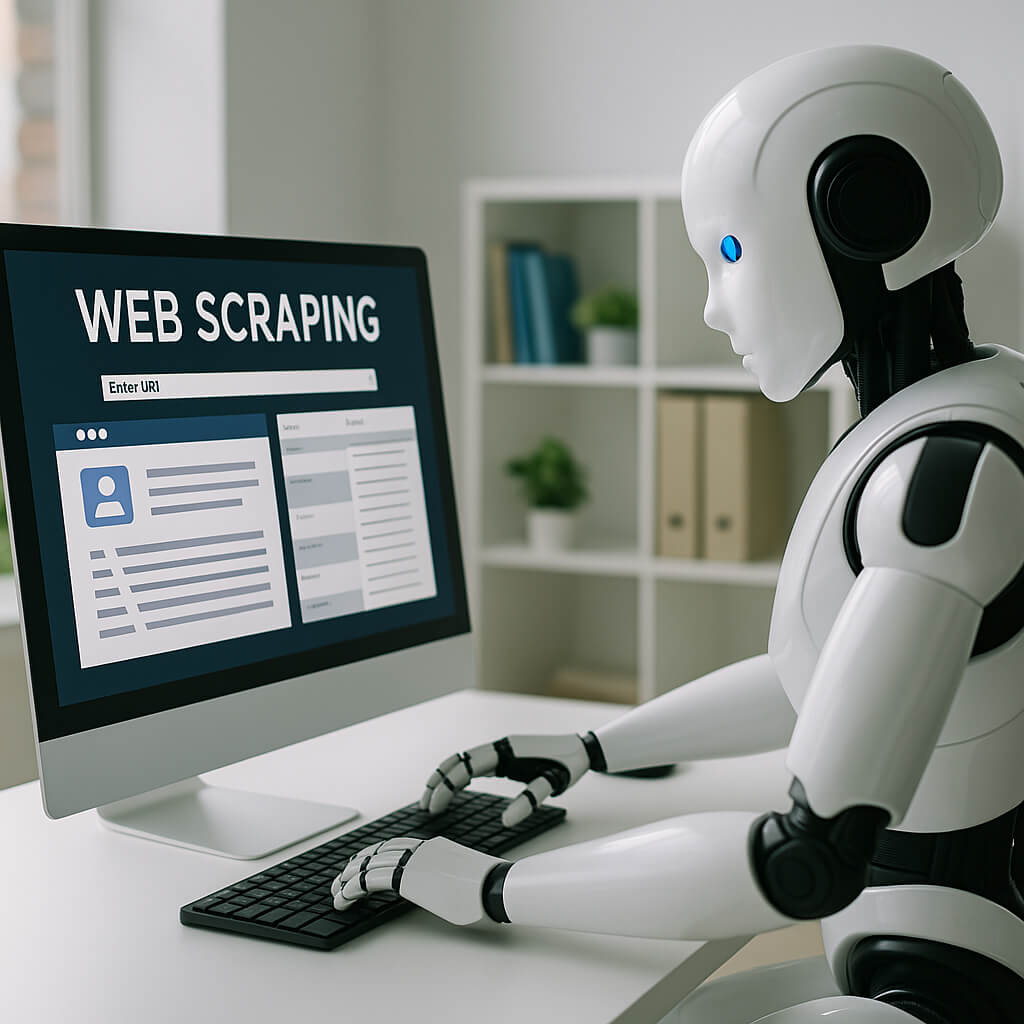Scraping shouldn’t feel like a chore. And yet, for most devs, it still is fragile scripts, dynamic content, logins, blockers. You lose hours on tasks that should take minutes. That’s where Browse AI flips the script. Instead of writing scrapers, you show the bot what to do. Visually. Intuitively. Then it does the job on loop, in the background. This article explores how Browse AI makes web data extraction not just easier but smarter, faster, and integrated into real dev workflows. Whether you’re tracking prices, collecting leads, or syncing dashboards, this might be the missing automation layer in your AI toolbox.
1. The problem with scraping (and why most devs give up)
Scraping still matters. Product listings, competitor data, stock updates, event feeds much of the web remains outside the API world. But scraping it? That’s often where developers waste hours.
Between login walls, dynamic content, pagination, and cookie headers, most scraping scripts break or require constant maintenance. And most tools on the market are either too limited or too complex.
Browse AI solves that in a way that fits directly into a developer’s AI workflow. You record a task visually, pick the data, train the bot and it runs on autopilot.
Think of Browse AI as a no-code robot that scrapes any site, watches changes, and delivers structured data on repeat.
Developers use it daily to pull structured data from sites without APIs, track dashboards that change by the hour, or quietly collect signals from third-party tools without ever writing a line of scraping code.
It’s the kind of tool that naturally fits inside a smart AI dev workflow alongside assistants, planners, and testers.
2. How browse ai turns you into a scraping pro in 10 minutes?
Step 1 : Record your intent visually: Go to any site, log in if necessary, and simply click what you want. Browse AI sees your journey and captures it like a memory.
Step 2 : Teach the bot what to extract: Name the fields you care about — prices, names, availability, tags. No CSS selectors or HTML deep-dives needed.
Step 3 : Let it work for you: Schedule scrapes hourly or daily. Handle pagination. Monitor changes. Watch the data come to you while you code something else.
Step 4 : Send it where you want: From Sheets to API endpoints to Make or Zapier, you decide where the scraped results live. And yes, it plays nice with all your other AI tools.
If you’ve started building systems that think, observe, and react, Browse AI is the missing automation layer. We explored how these pieces come together in our guide on evolving dev roles, if you’re ready to go deeper.
Otherwise, you can start training your first robot here. You’ll be scraping smarter in less than 10 minutes.
Got ideas or use cases? Drop them in the comments, we’re always looking for clever builds to feature.
But what I appreciate most is the mindset behind it. Browse AI isn’t trying to do everything for you. It helps you build smarter, cleaner automation that fits right into your existing stack. Within minutes, you go from idea to working flow , and you stay focused on building the rest of your system.
For me, that’s what modern dev tools should be about: simplicity, flexibility, and actual results. If you’re building systems that need to think, react, and evolve without constant babysitting, Browse AI is absolutely worth trying. It doesn’t try to impress. It just works, and honestly, that’s where the real power lies.
Browse AI doesn’t reinvent scraping ,it just makes it radically simpler. No more brittle code or one-off scripts. Just a bot that learns from your clicks and runs quietly in the background, feeding your systems with clean, structured data. The best part? You don’t need to change how you work. It fits right into your stack, plays well with your tools, and gives you back control over web data. If you’re building smart workflows powered by AI, this is the kind of tool that saves hours , without adding complexity. Less effort. More clarity. Smarter dev flow. That’s Browse AI.

